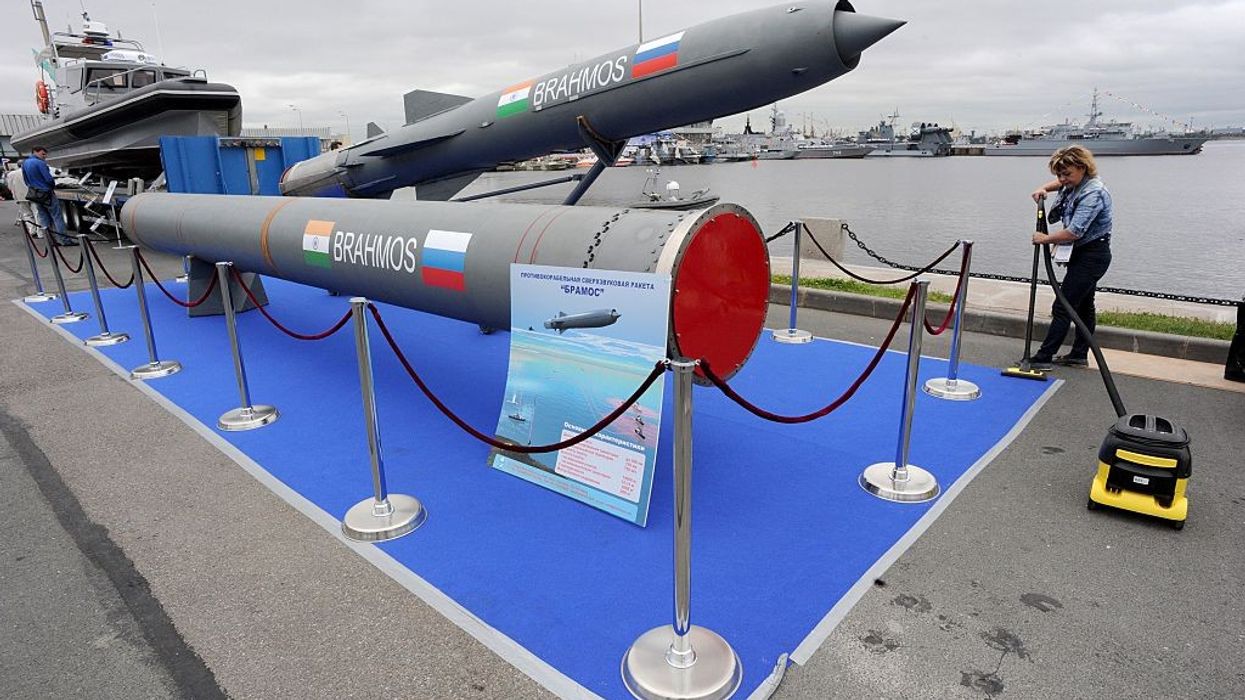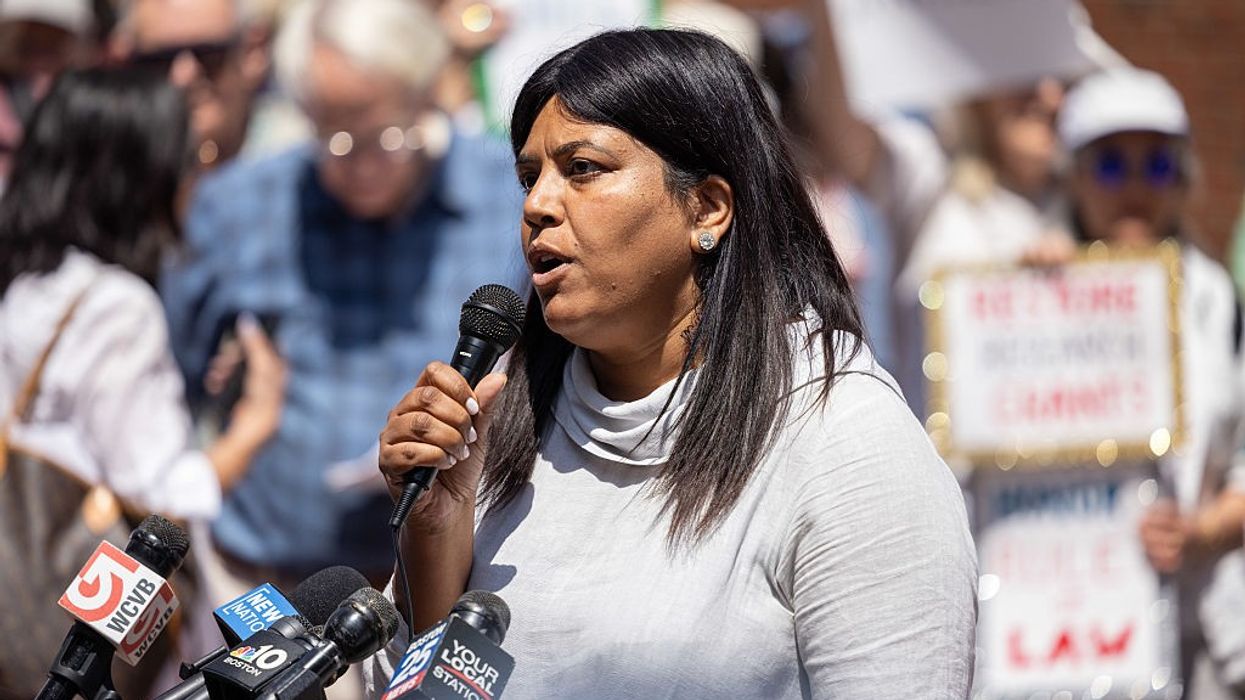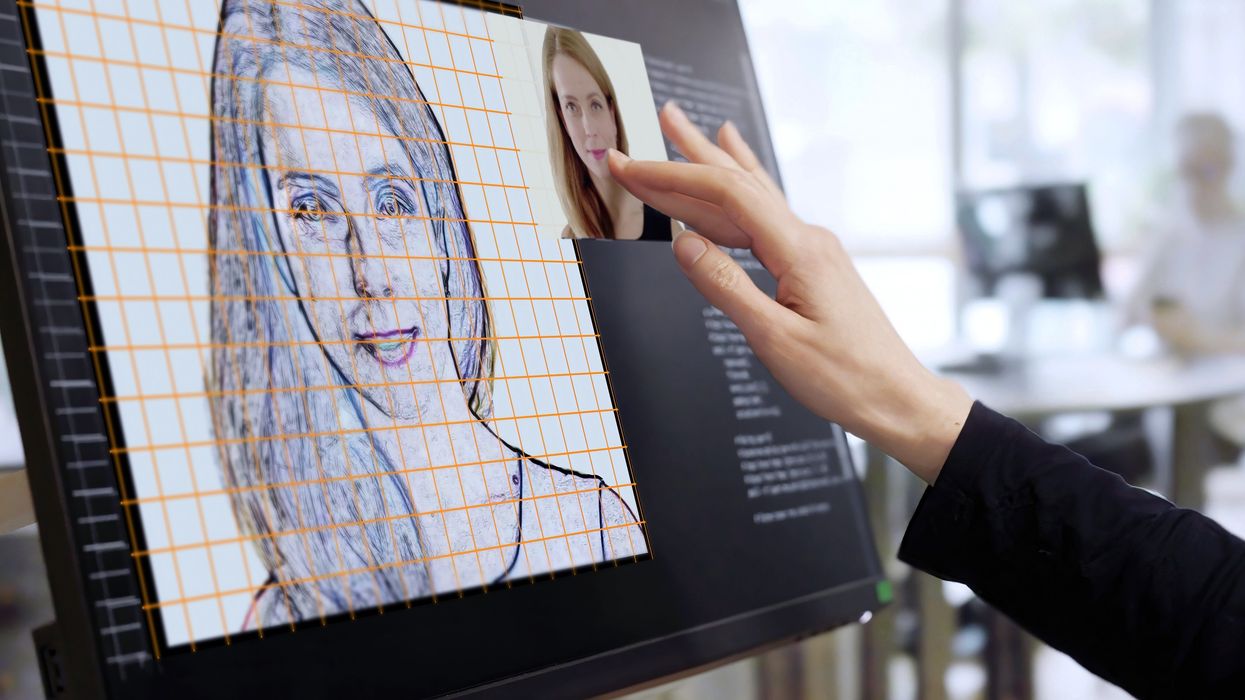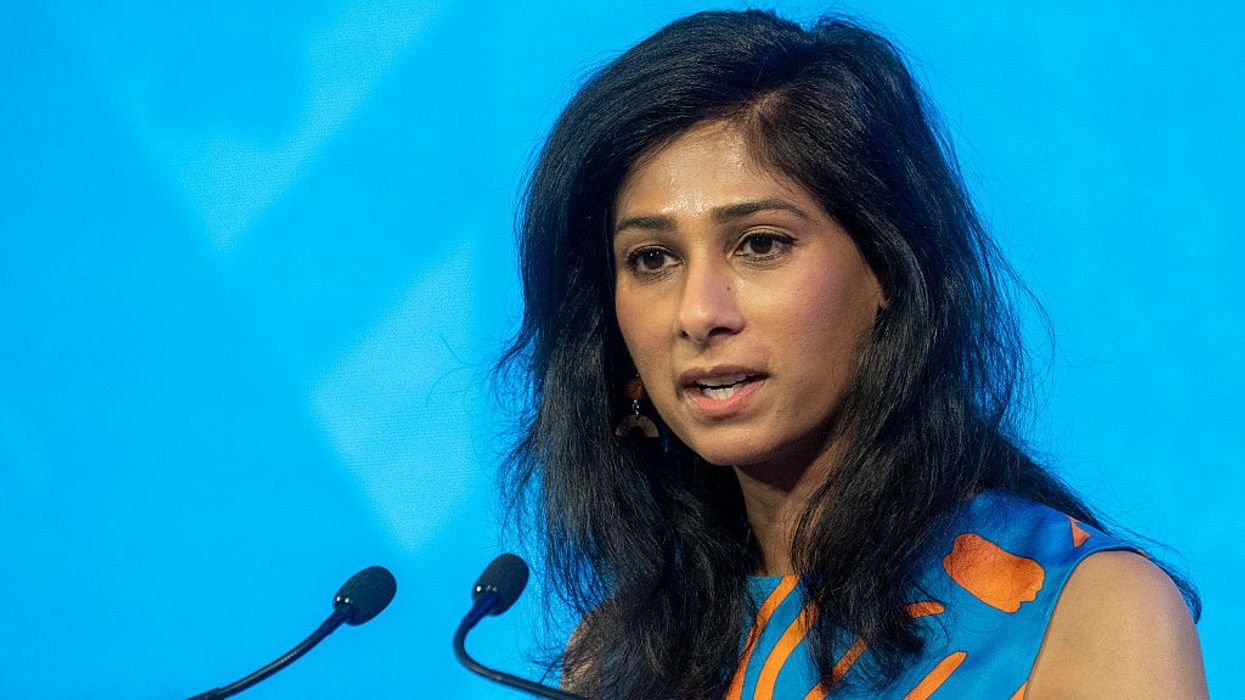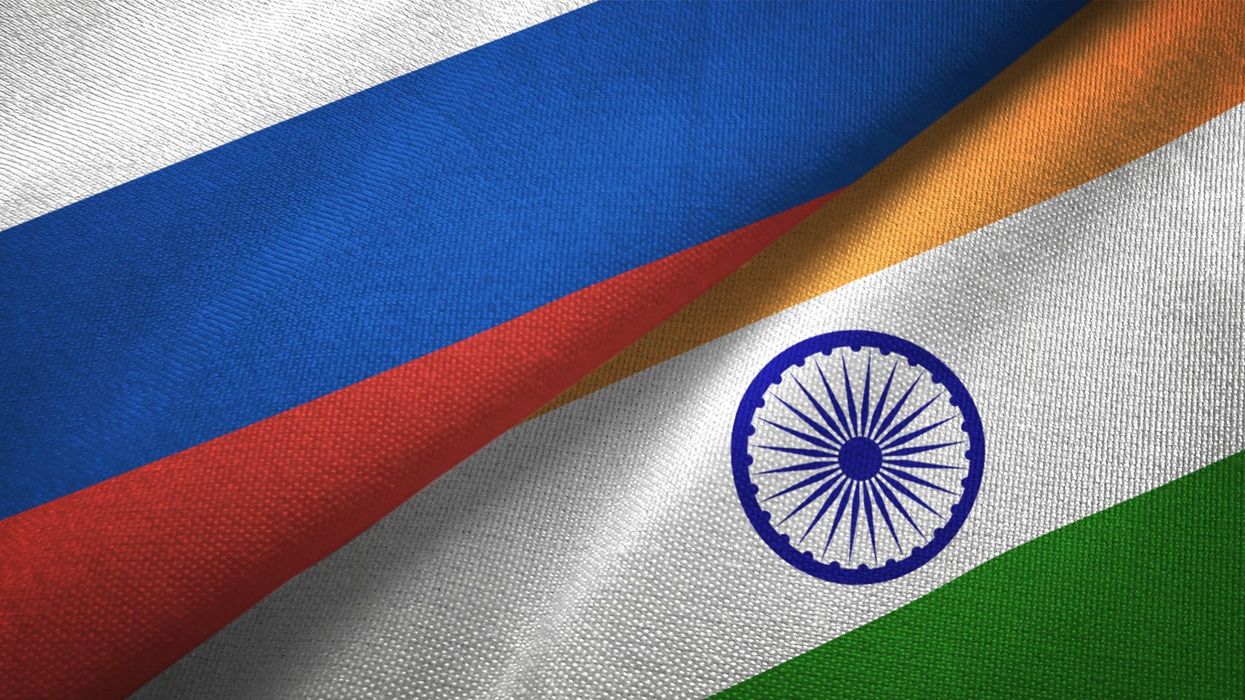DAYS after landing on the moon, India will aim for the sun on Saturday (2) with its maiden solar expedition, as the Indian Space Research Organisation’s (ISRO) trusted PSLV will carry the Aditya L1 mission on a 125-day voyage to the sun.
The 23.10 hour countdown for the launch of Aditya L1 onboard PSLV C57 commenced at at Sriharikota, Andhra Pradesh, on Friday (1) ISRO said.
The sun observatory mission will be fired from the second launch pad at this spaceport at 11.50 am local time on Saturday, and comes close on the heels of India’s successful moon expedition last month, Chandrayaan-3.
ISRO Chairman S Somanath said the sun mission will take 125 days to reach the exact radius.
Aditya L1 is designed for providing remote observations of the solar corona and conduct in-situ observations of the solar wind at L1 (Sun-Earth Lagrangian point), which is about 1.5 million kilometres from the earth.
According to ISRO, there are five Lagrangian points between the sun and the earth, and the L1 point in the Halo orbit would provide a greater advantage of continuously viewing the sun without any occurrence of eclipse.
“This will provide a greater advantage of observing the solar activities continuously,” ISRO said.
ISRO said the sun is the nearest star and therefore can be studied in much more detail as compared to the others.
ISRO scientists have used ‘XL’, the more powerful variant of the polar satellite launch vehicle (PSLV) that would carry the spacecraft on Saturday along with the seven payloads.
Similar PSLV-XL variants were used in the Chandrayaan-1 mission in 2008 and the Mars Orbiter Mission (MOM) in 2013.
Of the total seven payloads, four onboard the spacecraft would directly view the sun while the remaining three would undertake in-situ studies of particles and fields at the L1 point.
Initially, the Aditya-L1 spacecraft would be placed in a low earth orbit. It would be made more elliptical and later the spacecraft will be launched towards the Lagrange point L1 by using on-board propulsion systems.
The Aditya-L1 payloads are expected to provide the most crucial information to understand the problems of coronal heating, Coronal mass ejection (CME), pre-flare, and flare activities, and their characteristics, dynamics, and space weather.
According to Indian Institute of Astrophysics (IIA) professor and in-charge scientist Dr R Ramesh, monitoring of the sun on a 24-hour basis is a must to study solar quakes which can alter the geomagnetic fields of the earth.
Explaining the need to study the sun, he said that just as there are earthquakes on earth, there are something called solar quakes — called Coronal Mass Ejections (CME) on the surface of the Sun.
In this process, millions and millions of tonnes of solar materials are thrown into the interplanetary space, and these CMEs can also be directed towards earth, he said.
The government sanctioned the equivalent of about $46 million for the mission in 2019.
(PTI)

